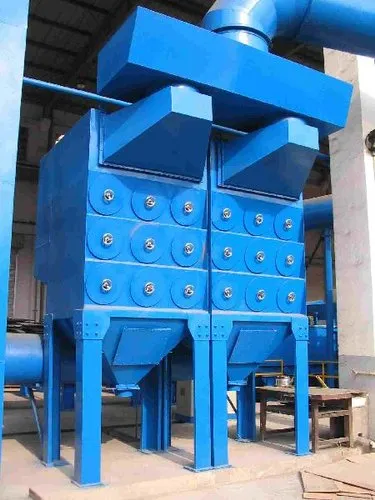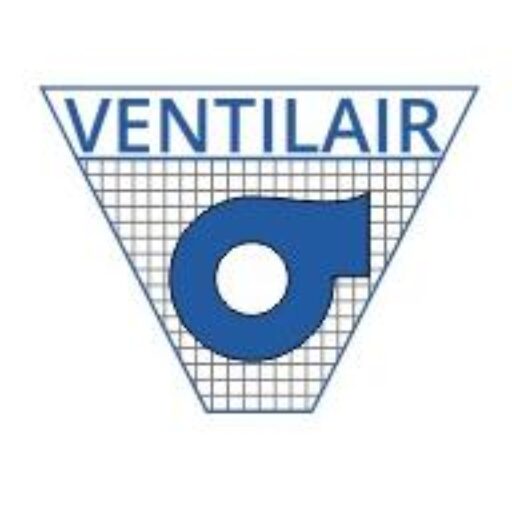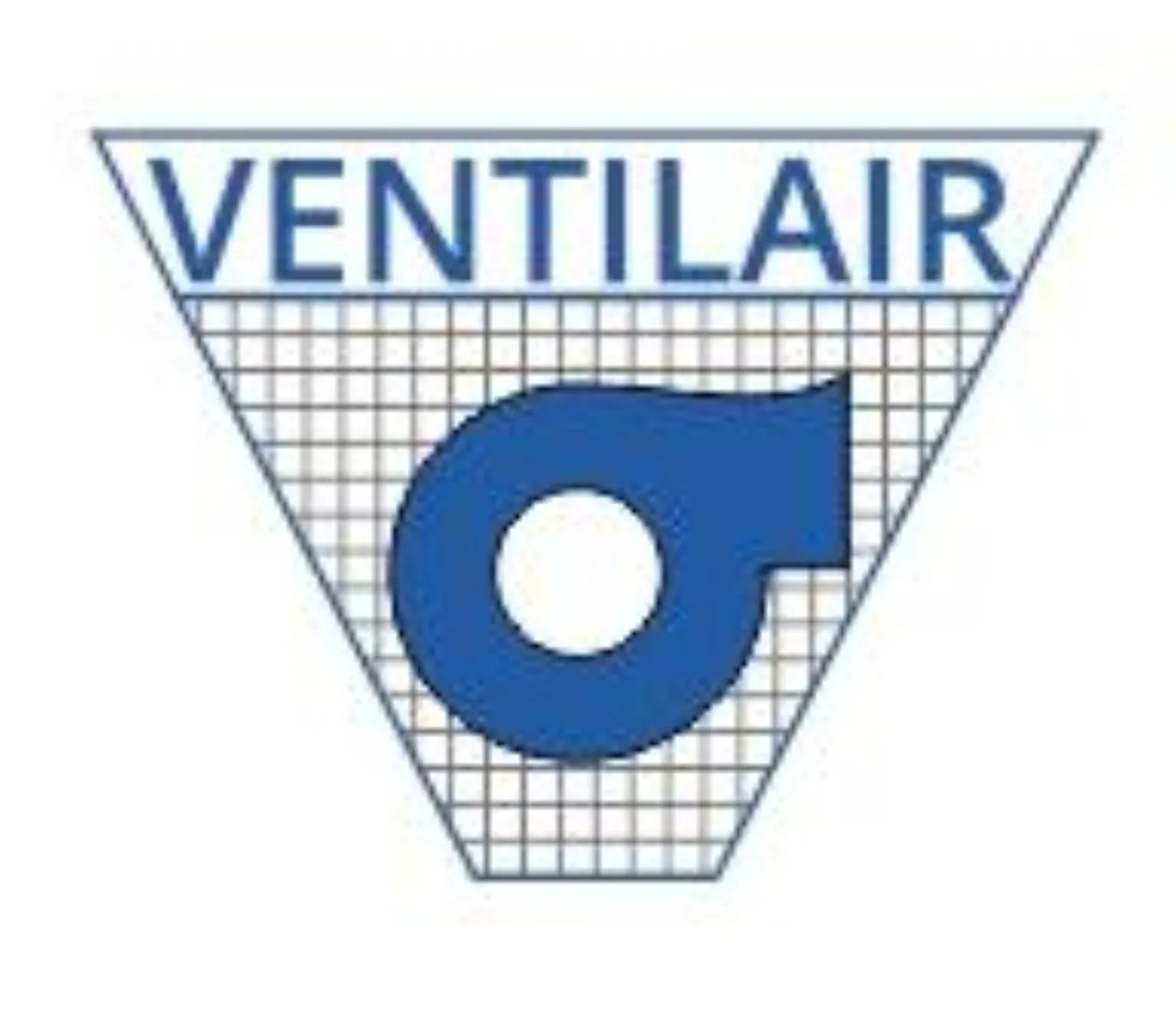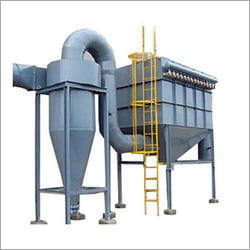What is an Industrial dust collector and how does it work?
An Industrial Dust Collector, also known as a dust extraction or a dust collector system, is a piece of equipment used to remove and collect airborne dust collectors, Particles and contaminants in industrial processes. These dust collectors are crucial in various industries to maintain a clean and safe working environment and to comply with environmental regulation
Types of Dust Collectors
How Do Horizontal Dust Collectors Work?

Horizontal cartridge dust collectors are a type of air pollution control equipment used to remove airborne dust and particulate matter from industrial processes, such as metalworking, woodworking, pharmaceuticals, food processing, and various other manufacturing operations. They are part of the broader category of dust collectors, which are designed to improve air quality and maintain a cleaner and safer work environment.
Portable dust collector industrial
Portable dust collectors are compact and mobile air filtration systems designed to capture and remove airborne dust, particulate matter, and other pollutants in various industrial and commercial settings. These units are especially useful in situations where a fixed or centralized dust collection system may not be practical or sufficient. Portable dust collectors offer flexibility, allowing them to be easily moved to different work areas within a facility or taken to job sites where dust control is necessary.
How Cyclone Dust Collector Works
A cyclone dust collector is a type of air pollution control device used to separate and remove large and coarse dust particles from an air stream. It operates on the principle of centrifugal force to achieve effective dust separation, making it a popular choice for industrial applications where large amounts of dust and particulate matter need to be collected.
The working principle of an industrial dust collector involves the following steps:
- Collection: The dust-laden air or gas is drawn into the dust collector through an inlet. This can be achieved through various methods, such as hoods, ducts, or directly attaching the collector to the emission source.
- Containment: Once inside the dust collector, the air and dust mixture enters a large chamber called the collection chamber or housing.
- Cleaning: Over time, the dust particles accumulated on the filters can reduce the airflow and efficiency of the dust collector.
- Filtration: The remaining air with finer dust particles is then directed through a series of filters or filter media.
- Reverse Air Cleaning: The process involves reversing the direction of airflow momentarily, dislodging the dust from the filters, which then falls into the collection chamber for removal.
- Disposal: The collected dust is either removed from the bottom of the collection chamber or stored in a receptacle for proper disposal or recycling, depending on the nature of the dust and the industry’s regulations.
Industrial dust collectors come in various designs and configurations to suit different applications and industries. They play a critical role in maintaining air quality, protecting worker health, and preventing dust-related hazards in the workplace. The choice of dust collector depends on factors such as the type of dust being generated, the volume of dust, and the specific requirements of the industrial process.


